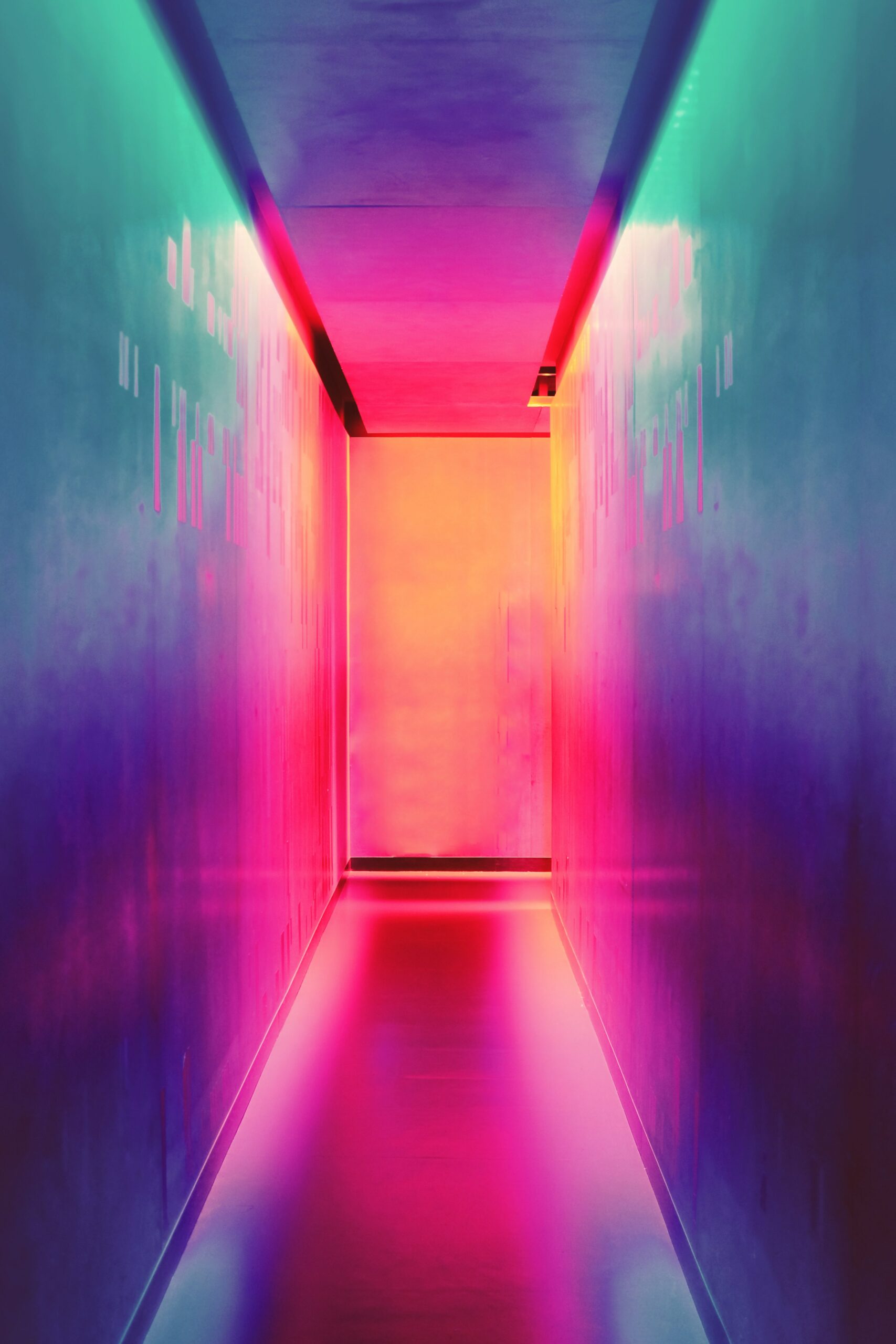Amazon’s Rekognition shows its true colors
- 12 december 2019
- Efe Kurnaz on Unsplash
We have been investigating the problems associated with the use of facial recognition by the police in the public space. As part of this investigation we wanted to put this technology to the test ourselves. How does facial recognition technology really work?
Digital tourism
On Dam Square, in the center of Amsterdam, you’ll find a camera. It's no ordinary security camera: this camera broadcasts images of Dam Square, 24 hours a day, 7 days a week, in extremely high quality on YouTube. The camera can zoom in from one side of the square straight to the other side. As we're told on the supplier's websiteGo to the website of webcam.nl : this is good for ‘digital tourism’. The camera is also good for our investigation: it offers the perfect opportunity to test facial recognition technology. How bizarre is it that the thousands of people that cross Dam Square every day, can, without their knowledge, also be seen on YouTube? And an even scarier vision of the future: what if they could all be registered using facial recognition technology?
Amazon's Rekognition
For this investigation, we tested ‘Rekognition’, Amazon's facial recognition technology. This service is used by various police units in the United States, and can be used directly via the internet by anyone with a credit card. We investigated whether this program would recognize my face when I visit Dam Square. Our use of the service even fell within the free trial period.
We uploaded a picture to allow the software to become familiar with my face. It subsequently located different characteristics in the face, so-called ‘landmarks’, such as the lower tip of the chin, the nostrils, the pupils and the jawline:
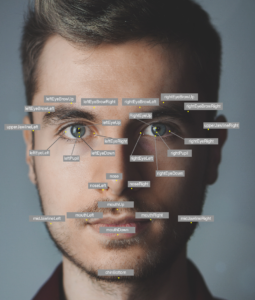
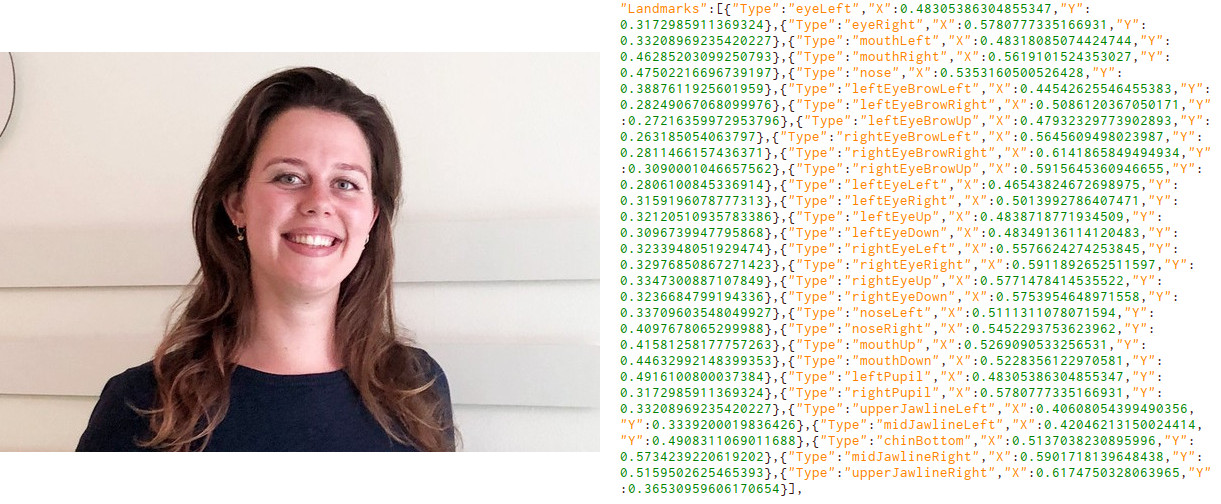
My face is 'seen' by Amazon as followed
But Rekognition creates even more dataFor the enthusiast: the entire JSON response from Rekognition regarding my face. It estimates my age (between 22 and 34), whether I’m laughing (yes, with a certainty of more than 96 percent), if I’m wearing (sun)glasses, what my gender is and if I have a beard or a moustache. It also registers emotions. According to Rekognition I am especially happy, but also a little bit anxious (that's right - I don't like cameras). It's unsettling to see how a computer program sees me. I am so much more than a collection of numbers…
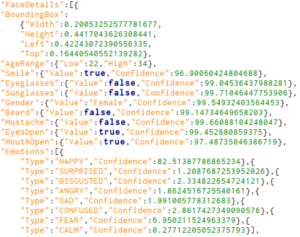
Okay. The first encounter is behind us. Now that Rekognition knows me, and I think I know Rekognition, it'is time for our first date. I go to Dam Square and walk straight into the camera's field of vision. Apprehensively I wait to see if Rekognition notices me.
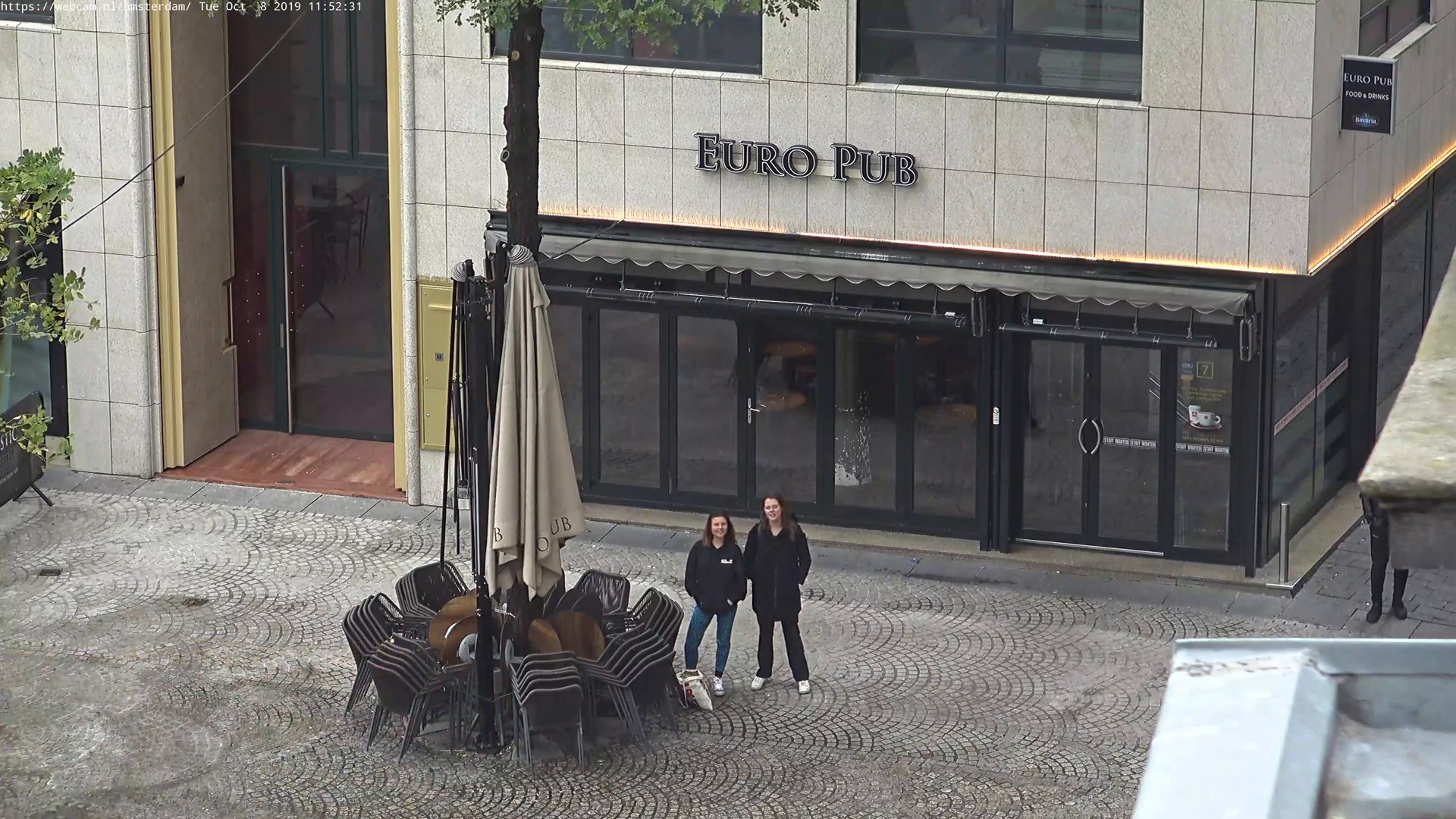
Bingo! Rekognition recognizes me.Here you find the JSON response to the 'CompareFaces' call With 100 percent certainty (rounded off) Rekognition recognizes my face as a face. And Rekognition is 90 percent sure that this face matches the previously uploaded picture. But the software also sees that I have brought someone along to our first date. Rekognition is convinced that this other person is not me.
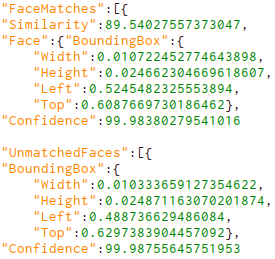
Very little is needed to recognize a face:
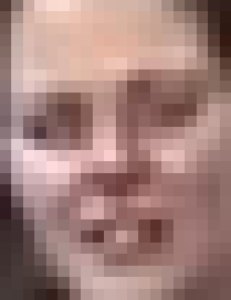
This grainy picture is all Rekognition needs to recognize me. Very little! That is really weird. Especially when you consider what this subsequently means. The picture we used was taken from the internet. Nowadays almost everyone has a picture of themselves online. And if you are a little handy with computers, you can ‘teach’ Rekognition multiple faces. This means that, theoretically, the perfect stalker tool can be developed, especially if you link this to multiple cameras that broadcast their images on the internet (and those exist). It is not possible to have any control over this. You do not know what others are doing with this technology and maybe even with your pictures.
Facial recognition technology is a mass surveillance tool
After two months of research into facial recognition technology, a feeling of disbelief dominates: why does this technology exist!? It is a mass surveillance tool that makes it possible to continuously spy on and manipulate groups and individuals on a scale and with a speed that was previously impossible. Our insatiable hunger for greater efficiency and convenience means that we are losing sight of the fact that this technology violates the rights and freedoms of citizens. The use of facial recognition technology must be banned before it is fully normalized in our society, and people accept the inevitable corrosion of our fundamental rights as necessary for ‘progress’. Prohibiting the technology prevents the Netherlands from slipping further and further into a total surveillance state.
Many thanks to Mohamed el Maslouhi for his help with ‘talking’ to Amazon's facial recognition API, to Martin van Veen for translating this text and to Amber Balhuizen for editing it.
Update from Bits of Freedom: Paula's research has impact!
Paula's experiment has already had an impact. In response to this investigation and the article in the NRC, the owner of WebCam.NL says that he has taken many of his live streaming cameras offline. He has also adjusted the zoom level of the camera on Dam Square, which would make the use of face recognition more difficult. These are already some steps in the right direction!
Unfortunately, we also became aware that WebCam.NL has known since at least 2012 that live streaming of recognizable people is subject to privacy legislation. Even if you do not store the images. Quickly "complying" by making some adjustments in response to negative media attention, seems to be this company's modus operandi. And WebCam.NL apparently also has no issue with shamelessly weaponizing copyright. We look forward to WebCam.NL's request to remove the screenshot from our site that we took using WebCam.NL’s camera feed.
